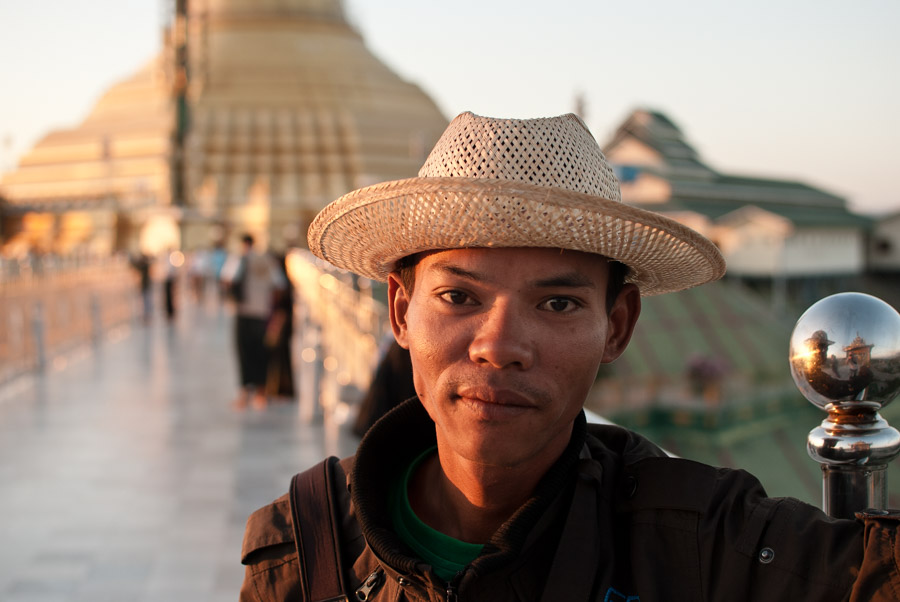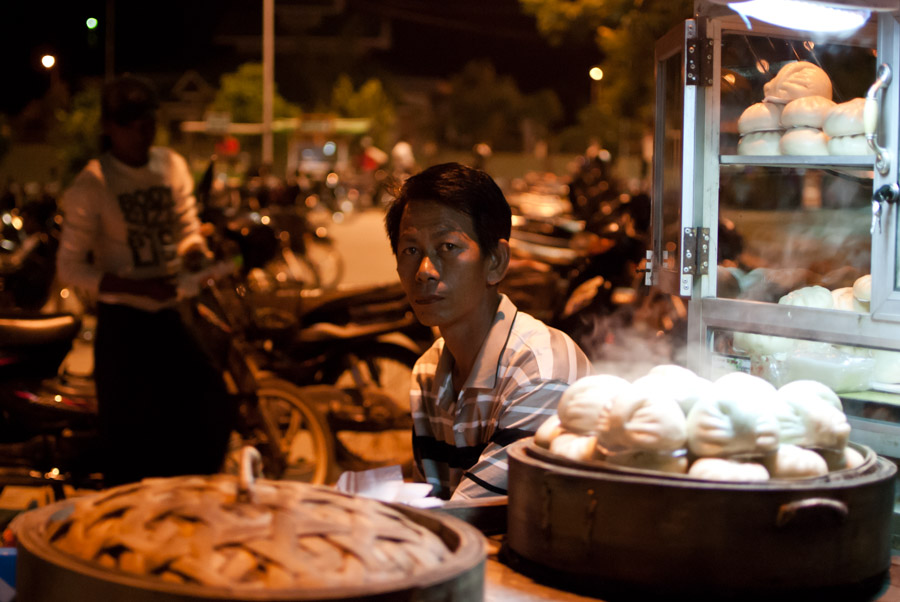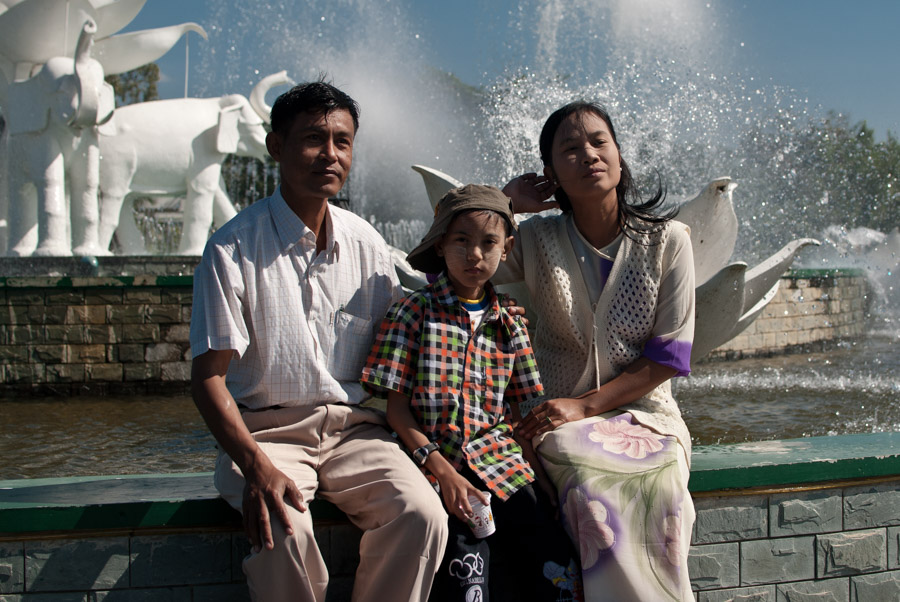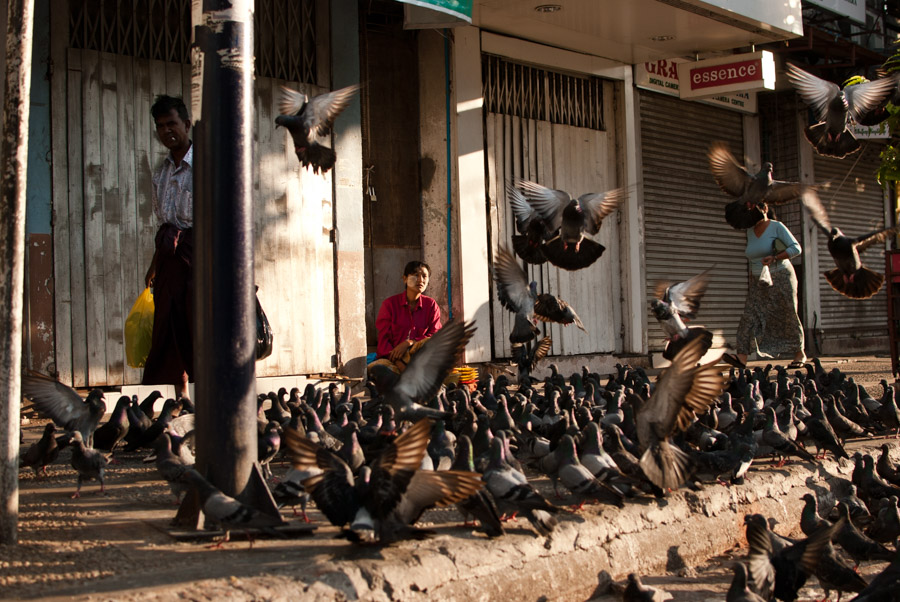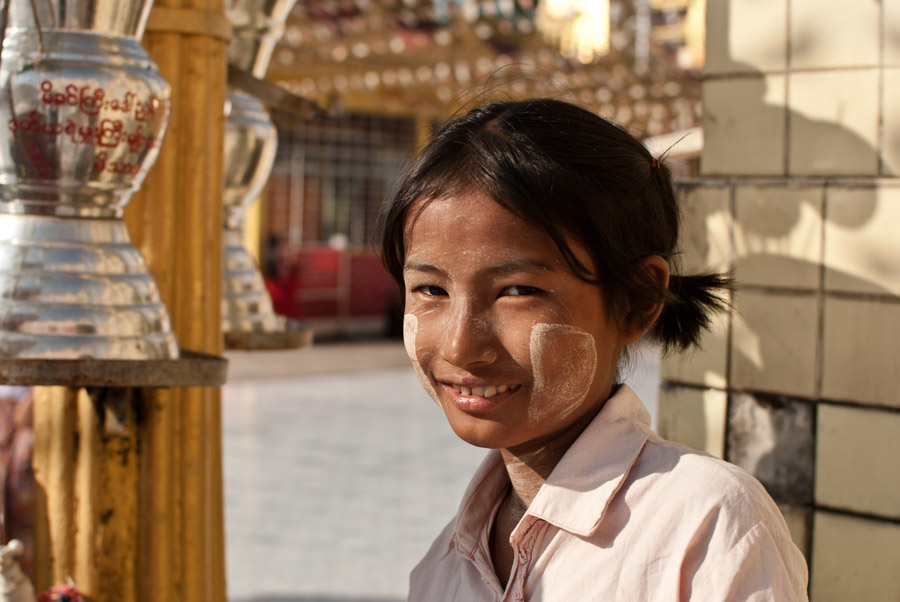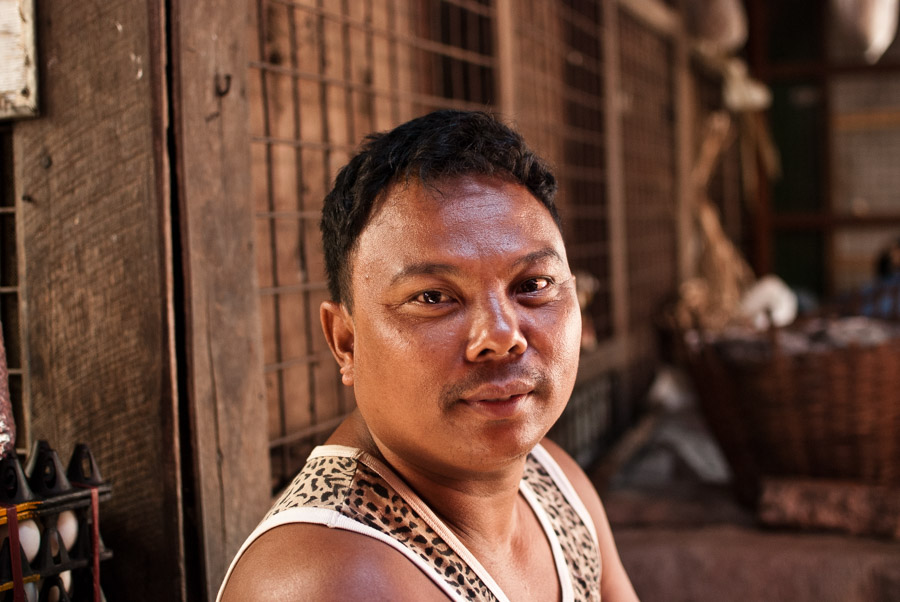Scenes from a country in a slow-motion and still uncertain revolution
NAYPYIDAW, Burma — This “city of magnificent distances” sprawls on a pancake-flat plain four hours north of Burma’s largest city and former capital, Rangoon. On November 6, 2005, at a time apparently chosen by astrologers, Naypyidaw became the country’s new capital, and the first convoy of government workers was dispatched up the highway to the dusty city-in-progress. The official explanation for the move was that British-built Rangoon had become too congested.Some observers, however, suggested the move could be defensive, to forestall a feared attack on Rangoon by the U.S. Navy; others pointed out the long tradition of Burma’s rulers shifting the kingdom’s capital in order to cement (in the most literal sense) the legacy of their rule.
For its first few years of its existence, Naypyidaw was barred to foreign visitors. What images emerged showed luxury hotels, military parade grounds, and empty mega-highways — a project of megalomaniacal scope. Skirting through Naypyidaw’s vast expanses today, you can almost feel the psychology that spawned them: Senior General Than Shwe, the opaque generalissimo who presided over the city’s planning and construction, clearly intended that his brainchild be a prophylactic against the sort of mass protests that shook the nation in 1988, nearly toppling the military dictatorship.
The city lacks any focal point of the sort that might catalyze a spontaneous public gathering. Housing, government offices, hotels, and military barracks are disbursed loosely along miles of eight-lane highways and snaking arterial roads, all — unlike just about every other road in the country — lit around the clock. One observer described Naypyidaw as “the ultimate insurance against regime change,” designed to defeat popular revolts “not by tanks and water cannons, but by geometry and cartography.”
It was something of a surprise, then, when I visited recently and found that Than Shwe’s city, now open to foreign visitors and served by a gleaming new motorway from Rangoon, is finally seeing some stirrings of life. In the two years since my last visit to the city, private gardens have sprung up around the city’s apartment blocks and fashionable shopping malls have opened their doors. At the popular Water Fountain Garden, crowds of local families gather in the evenings to feel the spray from manmade waterfalls and watch fountains quiver to the thump of piped-in dance music. In one part of town I even witnessed something that would have been unthinkable two years ago: a traffic jam.
Naypyidaw’s slow-motion metamorphosis can feel like a metaphor for the revolution now unfolding in Burma itself. In March, a nominally civilian government took office under the former general Thein Sein, who in less than a year has taken the country from hazy tropical despotism to an apparent democracy-in-waiting. The reforms have included the release of high-profile political prisoners, the rehabilitation of the political opposition, and a rapid normalization of relations with the United States. In his annual State of the Union speech this week, U.S. President Barack Obama hailed these recent developments as a “a new beginning” for Burma. Many now anticipate the scaling back or removal of Western sanctions and a scramble of foreign firms eager to cash in on this long-isolated market of 50 million.
This frisson of change is to be felt most in crumbling and neglected Rangoon, Burma’s long-time political epicenter. The first thing you notice is the Lady. She is everywhere. Once an express ticket to arrest (or worse) by the military authorities, locals now proudly display images of democracy icon Aung San Suu Kyi on the walls of teashops and monasteries, and roaming street vendors sell them across the city. The new government, as if to symbolize a return to its roots, is even giving the old capital something of a facelift: scaffolding surrounds a number of the derelict colonial hulks downtown, and the state-run New Light of Myanmar newspaper opined recently that “big cities are the image and glory of a nation”.
The atmosphere extends to the daily rhythm of life in Rangoon. Local people eagerly initiate conversations about politics, with a palpable excitement — almost disbelief — that change might finally be in the wind. “Soe”, a former monk from Burma’s second city Mandalay, fled the country after taking part in 2007’s bloody anti-government protests, escaping to Thailand and then to France with the aid of Burmese exile groups. When he returned home around the time of the 2010 election, he said it almost felt like a different country. “Before I never talked with people like this,” he said over small cups of sweet Burmese tea at a streetside teashop in Rangoon’s bustling downtown. “Now they say this is democracy… If people don’t believe it, they can say they don’t believe it.”
The accompanying political shift, though less visible, is more surprising still. The retirement of Than Shwe, whose dislike and jealousy of Aung San Suu Kyi was legendary, has now paved the way for her reconciliation with the government. The 66-year-old activist and her party, the National League for Democracy (NLD), boycotted the rigged November 2010 poll that brought the new government to power, but have now agreed to run in by-elections scheduled for April 1, which could put a final stamp of legitimacy on Thein Sein’s reforms. “We believe that Daw Aung San Suu Kyi can work with this President,” said 85-year-old Tin Oo, the NLD’s vice-chairman.
Most Burmese political activists have a story of how and when disillusionment — or sheer frustration — with the old system first set in. For Dr. Myo Aung, the moment came after his graduation from medical school in 1976, when he was conscripted into the army to work as a field medic. During his service, he tended to the dead and dying on Burma’s Eastern Front — the hilly Thai border country occupied by the Karen National Union (KNU), an ethnic insurgency that has been battling for autonomy since the country’s independence in 1948.
Whether it was the carnage of the Karen conflict that made an activist out of him, or his later expulsion from his job as a civilian doctor, apparently for holding unsuitable political views, he did not say. But, in 1995, Myo Aung joined the NLD, which became a sanctuary for pro-democracy activists after the failed 1988 uprising. The 63-year-old now serves as the party secretary for Rangoon Division and also offers free medical care to the dozens of party volunteers that arrive each day at the NLD’s city headquarters.
Given his past run-ins with the junta, Myo Aung is surprisingly upbeat about his country’s democratic progress, describing Thein Sein as “quite clean and honest” compared to his old military colleagues. “I not only hope — I am quite sure that the political situation is changing,” he told me at the NLD’s crowded office, where large portraits of the Lady share wall space with her famous father, independence hero Aung San.
This government wants to develop the economy, and at the same time they want to be on the winning side in politics.
Many other Burmese, however, are reluctant to abandon their long and finely honed skepticism, or the inclination to sniff out ulterior motives. Many see the recent moves as Burma’s chance to shrug off its international pariah status and encourage foreign investment; democratic reform, they say, is merely a means to an end.
“Their motive is not to be a democratic establishment, just to maintain their power,” said Maung Wuntha, the editor of the outspoken People’s Age Journal, who spent much of the 1990s in and out of prison due to his political work with the NLD. Even “Soe”, the former monk enthusiastic about his new freedom, told me he thought the government was “pretending” in order to attract investment dollars. “This government wants to develop the economy,” another Rangoon-based journalist said, “and at the same time they want to be on the winning side in politics.”
Even if one assumes the government has good motives in their opening, the country still faces some colossal challenges. Psychologically, neoclassical Rangoon remains a long way from the country’s troubled periphery, a semi-lawless zone of ethnic conflict and rampant rights abuses where “reform” remains almost a foreign concept. Though the government this month signed a ceasefire with the KNU, raising hopes of an end to the six-decade-long conflict, fighting continues to flare up between the Burmese army and ethnic Kachin insurgents in the north, displacing thousands of villagers over the border into China. Then there’s the economy, warped and distorted by decades of military oligarchy and Soviet-grade mismanagement. Reforming the economy — and addressing potential future challenges from the rich, military-linked elite that grew fat off the old system — will likely take many years. All providing, of course, there is no lurch backward in the meantime.
Whatever their initial motives, it’s still hard to discern the government’s end-game. Everybody in the new system is “thinking about the future in different ways,” said Thant Myint-U, author and grandson of former UN Secretary General U Thant. “I don’t think there is an ultimate vision, and there’s certainly not an ultimate vision on which there is consensus.”
Still, even many skeptics remain optimistic that by raising local and outside expectations, the reforms might become impossible to reverse, pushing the government faster and further than it intends to go. There are already signs of this, the journalist in Rangoon said, in the way once-gruff ex-military men in the new government are competing to ingratiate themselves among the public, or as the newly emboldened media is pushing the boundaries of censorship. Voters — even the word itself seems out of place here — will have their first chance to head to the polls on April 1, when 48 parliamentary seats will be up for grabs. The NLD is widely expected to sweep the election this time, but the reforms won’t face a stiff test until the next general election in 2015. “I don’t think they intend to turn backward,” said Maung Wuntha. With peoples’ sentiments as they currently are, “there would be no possibility.”
Back in Naypyidaw, I met Monty Redmond, the British manager of the Zabu Thiri Hotel, a six-story concrete edifice that went up in a matter of months in 2010. Over drinks in his hotel’s empty dining room, Redmond, who was born in Burma and returned in 1995, said that for the first time in years he is convinced things are on the right path. The Lady is free again, Western diplomats come and go, and hotels in Rangoon are packed with tourists and businessmen — all signs that Burma’s leaders finally “want to get rid of the old history.” Whether this results in a true democratic outcome is uncertain, but for this long-suffering country the really remarkable thing is in the asking.
“Let’s put it like this,” Redmond said. “You can see the light at the end of the tunnel, but what light, how big, how bright — nobody can say at this point at time. But before there was complete darkness.”
[Published on TheAtlantic.com, January 31, 2012]


